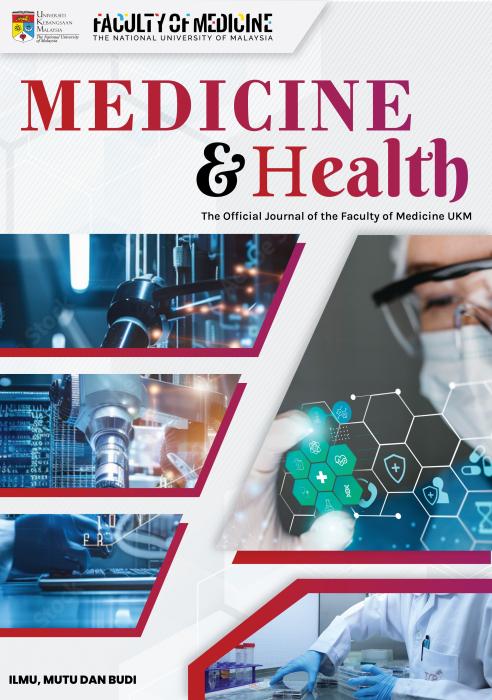Calculating In-vivo Short-term Precision Error of Dual-Energy X-ray Absorptiometry in Human and Animal: A Technical Report
Short-term Precision Error of DXA
Abstract
Bone mineral density (BMD) measurement by dual-energy X-ray absorptiometry (DXA) is important in diagnosing osteoporosis. Precision error of DXA is a useful measure to determine a true change in BMD value. This study aimed to investigate the short-term coefficient of variance of Hologic Discovery QDR Wi DXA machine. The lumbar spine and hip BMD of fifteen healthy volunteers (mean age: 30.67 + 10.41 years) and the whole body BMD of fifteen female Sprague-Dawley rats (aged three months old) were scanned using Hologic Discovery QDR Wi DXA machine. Each volunteer and rat underwent triplicate scans to assess the reproducibility of BMD values. The interval between the scans ranged within 1 to 12 weeks for human subjects. For animal samples, the scans were repeated on the same day after repositioning. The precision error was expressed as a percentage coefficient of variance (%CV). The %CV obtained for lumbar spine and hip BMD for human were 1.8% and 1.2%, respectively. The %CV for whole body BMD of rats was 1.4%. The short-term CV demonstrated for both human and animal in the present study were comparable. The precision error of DXA must be monitored to ensure optimal performance of the device.
Keywords :
bone mineral density,
dual-energy-X-ray absorptiometry,
in vivo,
precision,
Abstrak
Pengukuran ketumpatan mineral tulang oleh 'Dual-energy X-ray Absorptiometry' (DXA) adalah penting untuk mengenalpasti osteoporosis. Ralat ketepatan DXA adalah ukuran yang penting untuk menentukan perubahan sebenar dalam nilai ketumpatan mineral tulang. Kajian ini bertujuan untuk mengkaji pekali variasi jangka pendek mesin QDR Wi DXA Discovery Hologic. Ketumpatan mineral tulang pinggul dan tulang belakang untuk lima belas sukarelawan (purata umur: 30.67 + 10.41 tahun) dan ketumpatan tulang keseluruhan badan untuk lima belas ekor tikus Sprague-Dawley betina (berusia tiga bulan) diimbas menggunakan mesin HDR Discover QDR Wi DXA. Setiap sukarelawan dan tikus menjalani imbasan sebanyak tiga kali untuk menilai kebolehulangan nilai ketumpatan tulang. Imbasan untuk subjek manusia dilakukan dalam tempoh 1 hingga 12 minggu. Untuk sampel haiwan, imbasan diulang pada hari yang sama selepas posisi semula. Ralat kepersisan dinyatakan sebagai peratusan pekali variasi (%CV). %CV diperolehi untuk tulang belakang lumbar adalah 1.8% dan 1.2% untuk tulang pinggul. %CV untuk keseluruhan BMD tikus adalah 1.4%. %CV jangka pendek yang ditunjukkan untuk kedua-dua manusia dan haiwan dalam kajian ini adalah setanding. Ralat kepersisan DXA mesti dipantau untuk memastikan prestasi yang optimum.
Kata Kunci :
dual-energy-X-ray absorptiometry,
in vivo,
ketumpatan mineral tulang,
ralat kepersisan,
Correspondance Address
Chin Kok Yong. Department of Pharmacology, Faculty of Medicine, Universiti Kebangsaan Malaysia Medical Centre, Jalan Yaacob Latif, Bandar Tun Razak, 56000 Cheras, Kuala Lumpur, Malaysia. Tel: +603-9145 9573 Email: chinkokyong@ppukm.ukm.edu.my








